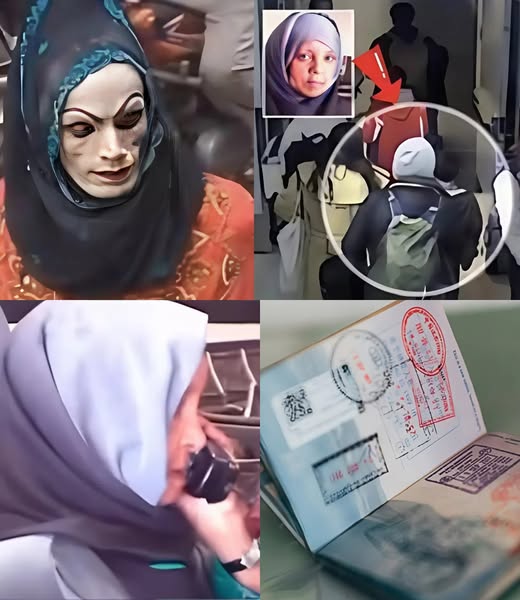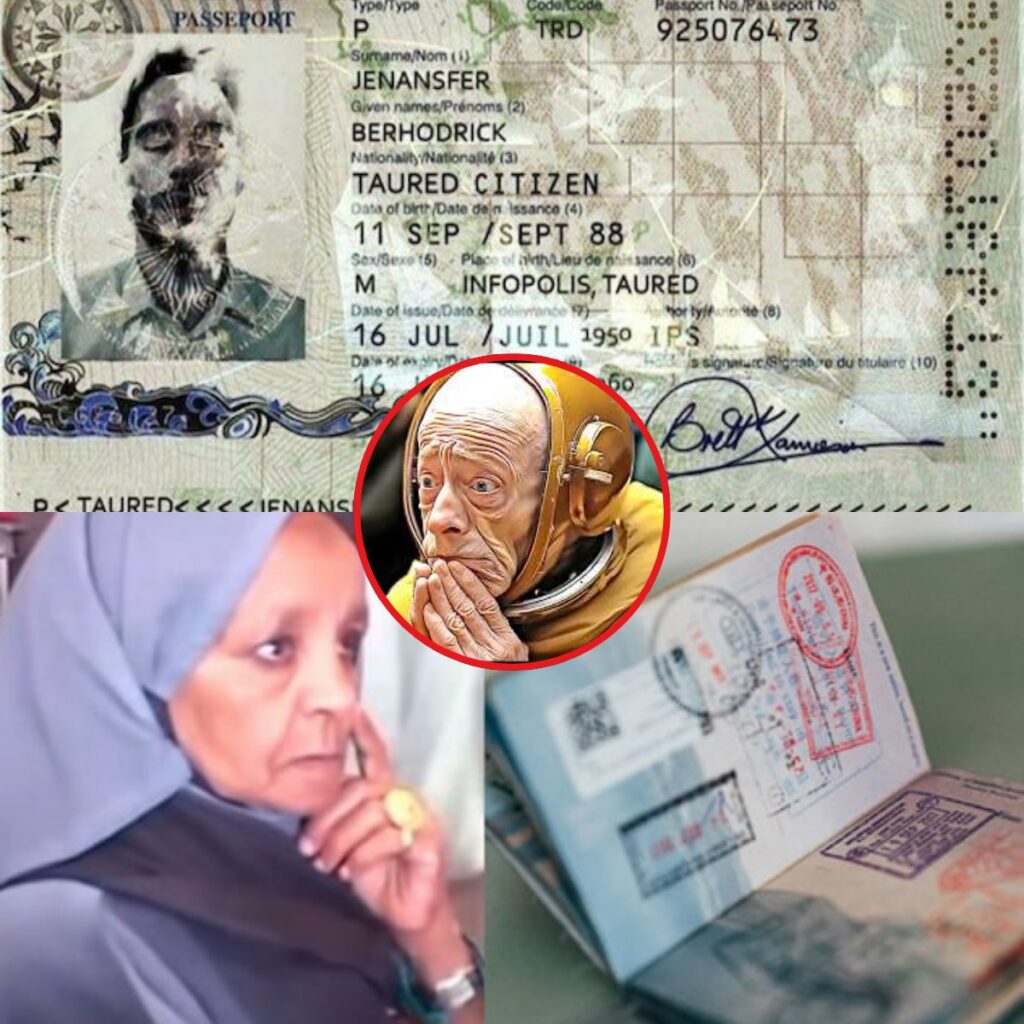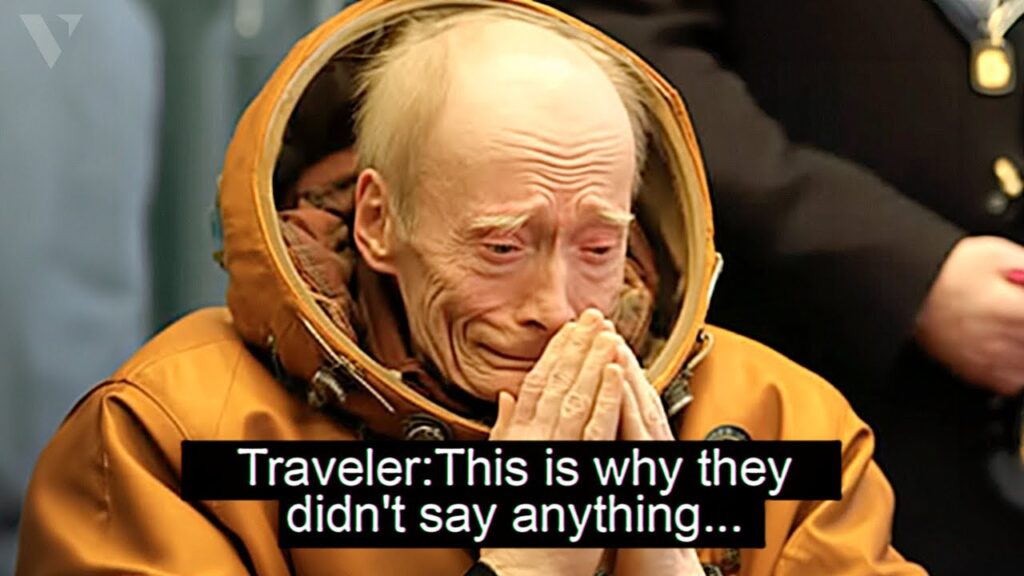
In 1954, Tokyo’s Haneda Airport witnessed an event so baffling that it has lingered on the fringes of historical curiosity ever since. A man, well-dressed and seemingly unremarkable, deplaned with papers in hand. Yet the documents he carried were unlike any officials had ever seen: a passport from a country called Rom Taured—a nation that, according to every map, atlas, and government archive, did not exist. What followed reads like a story torn from the pages of speculative fiction. The man produced a passport, a driver’s license, even official letters—all marked with Rom Taured’s insignia—but authorities could find no evidence of the nation on Earth. He claimed to have traveled frequently, and his description of the country’s cities, culture, and infrastructure was detailed and precise. Yet the night following his arrival, he mysteriously vanished, leaving behind only confusion, speculation, and the haunting suggestion that our understanding of history and geography might be incomplete.
The Rom Taured case has fascinated historians, conspiracy theorists, and physicists for decades. On the surface, it appears as an unsolved anomaly, a curious footnote in airport records. But beneath that lies a much deeper question: could Rom Taured have existed in a parallel reality, a timeline that occasionally intersects with our own? Mainstream historians have largely ignored the story, dismissing it as a clerical error or urban legend. Yet the meticulousness of the man’s documentation, coupled with the fact that he navigated complex bureaucracies with ease, suggests the impossible might have touched ordinary life that day in Tokyo.

Fast forward seventy years. In New York City, 2025, a woman emerges who claims to hail from Torenza—a nation strikingly reminiscent of Rom Taured. Like Rom Taured, Torenza appears nowhere on Earth’s maps. Her accounts are detailed: she describes the nation’s geography, its governmental structures, education systems, and even financial institutions with an internal consistency that defies fabrication. Citizens of Torenza, she insists, live by laws and customs entirely independent of any recognized country, and their history is recorded in archives invisible to conventional researchers. Maps, currency, and artifacts she presents are not crude forgeries; they are consistent, systematic, and entirely alien to the world we know.
The parallels between Rom Taured and Torenza are striking. Both involve individuals whose national identity cannot be verified by conventional means, yet both present compelling evidence of their nations’ existence. Both stories challenge the assumptions upon which modern historiography rests: the belief that borders, governments, and national identities are fixed, universal, and immutable. And perhaps most intriguingly, both cases suggest that certain truths might exist outside human observation, only occasionally bleeding into our reality.
The implications of these stories are profound. At a philosophical level, they confront our understanding of history, identity, and reality itself. Historian Dr. Mariko Shimizu remarks, “Rom Taured was not merely a curiosity; it was an anomaly that hints at the fragility of our historical framework. Torenza appears to confirm that such anomalies are not isolated. They suggest there may be layers of reality, temporal divergences, or alternate histories that intersect with ours under specific conditions.”

From a sociological perspective, these anomalies highlight how societies react to the unexplainable. In 1954, Tokyo officials were bewildered, and the story was quietly archived. In 2025, the woman from Torenza faces a world hyperconnected by technology and social media. Her existence has sparked global debate, attracting academics, journalists, and amateur theorists alike. Public fascination oscillates between admiration for her detailed accounts and suspicion of deception. The intense scrutiny underscores how modern society confronts anomalies differently than in the past: whereas Rom Taured was silenced by institutional disbelief, Torenza is amplified by digital networks capable of giving voice to the extraordinary.
Science, too, finds itself intrigued. Physicists and theorists of parallel realities point to phenomena such as quantum superposition, multiverse theory, and temporal anomalies to explain the possibilities. Dr. Leonard Grayson, a theoretical physicist, suggests, “If Rom Taured and Torenza exist as historical echoes from parallel timelines, they may represent brief intersections between realities. The individuals we see are like bridges, temporary conduits that allow information from one timeline to appear in another. This would explain why their evidence is coherent yet unverifiable within our own historical framework.”
Cultural implications are equally compelling. Both Rom Taured and Torenza challenge the linear narrative of history. They suggest that our understanding of nations, borders, and citizenship is inherently subjective and may be incomplete. Our maps, textbooks, and collective memory may represent only a subset of reality—an approximation, rather than a definitive truth. For those attuned to these anomalies, the stories of Rom Taured and Torenza are less about national identity than about human perception itself: our ability to recognize what exists and what we have been conditioned to ignore.
There is also a human dimension that is often overlooked. Both cases center on individuals whose identities are inseparable from their nations. The man of Rom Taured did not merely travel to Tokyo; he existed as a living embodiment of a reality unacknowledged by the world. The woman of Torenza, similarly, carries her nation in her words, artifacts, and consciousness. Their experiences raise profound ethical questions: how should we treat individuals who claim realities that cannot be verified? Are our social, legal, and political systems equipped to acknowledge existence outside the known? And perhaps most poignantly, what does it mean to belong when the world refuses to recognize your home?
Skeptics abound. Critics argue that Rom Taured may have been a case of mistaken identity, elaborate hoax, or psychological anomaly. The woman of Torenza faces similar scrutiny: some label her a performance artist, a con artist, or a victim of delusion. Yet these explanations, while convenient, fail to account for the consistent internal logic present in both narratives. The details of Rom Taured’s currency, stamps, and documents, and the artifacts of Torenza, exhibit a level of sophistication that challenges casual dismissal.

Ultimately, the stories of Rom Taured and Torenza compel us to confront the limits of human understanding. They are reminders that reality may be more complex than our perception allows, and that history is not merely a record of events but a framework shaped by observation, memory, and consensus. In both cases, individuals become conduits of impossibility, carriers of a reality that refuses to bend entirely to our understanding of the world.
Rom Taured vanished without a trace, leaving only speculation. Torenza has appeared in our era, bringing with it the echoes of that long-forgotten anomaly. The connection between the two is more than coincidence: it is a pattern, a haunting resonance across decades, suggesting that some truths are too extraordinary to remain hidden forever.
As society wrestles with these stories, one conclusion emerges clearly: the world is far stranger than we imagine. Rom Taured and Torenza challenge not only our maps and archives but the very foundations of reality itself. They remind us that history, identity, and geography are not fixed, but fluid and sometimes, impossibly, intertwined with realities we have yet to fully perceive.

In the end, the mystery endures. Rom Taured may have been the first whisper, Torenza the echo that refuses to fade. Together, they invite us to reconsider everything we take for granted: that nations are permanent, that history is linear, and that reality is singular. Perhaps the true legacy of these impossible nations is not the proof of their existence—but the courage to acknowledge that reality is far more mysterious, layered, and expansive than human minds have dared to believe.


